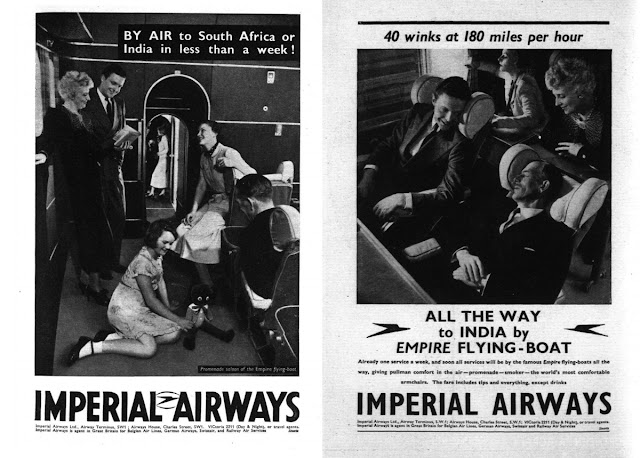After doing some initial digging, I realised that these coats of arms were part of the larger British strategy of "conciliate and command". To understand this a little better, we need to go back to the 1870's, when a guy named Lytton was appointed Viceroy of India. Lytton was what we would now call a racist, and a fairly nasty one at that. Millions died in the Bengal famine under his watch.
He had very clear views about the various rajahs and nawabs that he encountered in India. "Here is a great feudal aristocracy," he wrote, "which we cannot get rid of, which we are avowedly anxious to conciliate and command, but which we have as yet done next to nothing to rally round the British Crown as its feudal head."
Lytton's "conciliate and command" strategy had many elements - but chief among them was the announcement of a grand Durbar in Delhi, a "Royal Assemblage" as he called it.
The Mughals had a custom of holding Durbars, where their feudatories brought gifts, met the Emperor one by one (in strict order of rank) and re-affirmed their relationship. In return they were granted favours - ceremonial gifts, embellished weapons, embroidered robes, elaborate titles, etc. Although these tokens were small, they were used and displayed with a great deal of pride, because they represented the Emperor's favour.Lytton decided to do something similar - yet, clearly different - from Mughal protocol. The Indian princes, he wrote condescendingly, "are easily affected by sentiment, and susceptible to the influence of symbols to which facts very inadequately correspond." Keeping in mind the Indian attachment to symbolic displays, he decided to present coats of arms (banners) to each of the Indian kingdoms.
The only problem was - there was no one available in India with any of the skills required for designing so many coats of arms at short notice. Eventually the task was given to Robert Taylor - an employee in the Bengal Civil Service. He was neither a herald nor an artist (there is a College of Heralds in London, which designs and approves these things). But he was the only available man at the time with some understanding of the matter. So a round of hasty consultations with various rajas ensued, and British coats of arms were quickly designed. For the Delhi Durbar, these designs were converted into colourful banners by Sir Lockwood Kipling, who was then at Lahore.
On the day of the Durbar, Lytton put on a grand show. He placed himself on an elevated dias at the centre of the assembly. Banners were ceremonially presented to each Indian royal attendee, carried on a gilt pole which bore the inscription 'From Victoria, Empress of India. 1st January 1877.' Lytton, while presenting the banner, said "Whenever this banner is unfurled, let it remind you of the relations between your Princely House and the Paramount Power." The "native chiefs" received the banners with the same gratitude that they displayed at the Mughal courts.
Then came the proclamation of Victoria as Empress of India. A grandly dressed herald - selected because he was 7 feet tall - stepped up and loudly read the proclamation. The Viceroy gave a speech and some of the desi princes proclaimed their allegiance to "the paramount power". After these proclamations, 101 guns were fired and this caused a stampede among the various royal elephants present (I grinned when I read that). You can see the elephants in the photo.
The rajas and nawabs returned home, displaying these banners as symbols of the Queen's favour, in much the same way as they displayed their Mughal honours. The British coat of arms, as well as the giving of various royal titles and gun salutes, became an established part of the "conciliate and command" strategy to rule India.
Durbar Photo source: The Royal Collection Trust

























